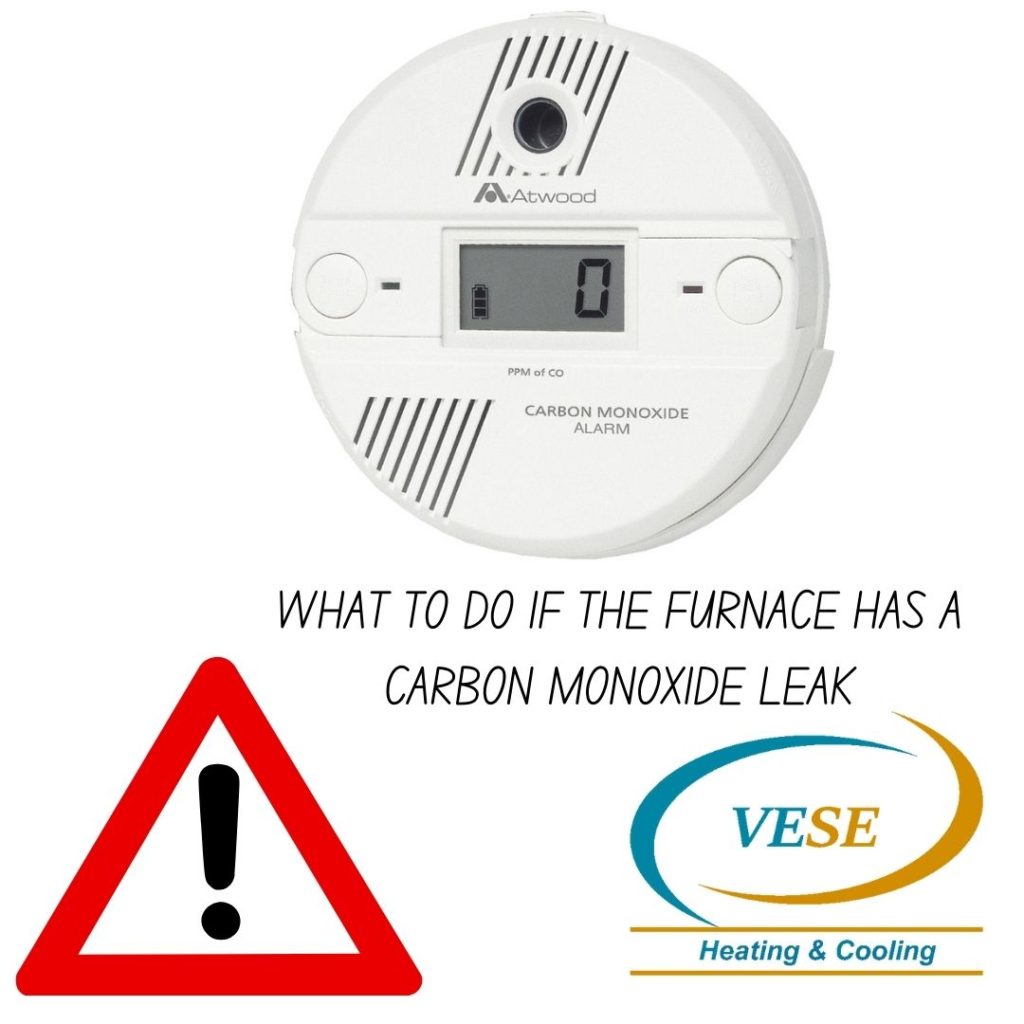During the winter season, it is critical to avoid any potential safety hazards associated with using your home’s furnace.
Most furnaces use gas and emit carbon monoxide (CO), a colorless, odorless, and tasteless gas.
In a properly functioning unit, the gas is directed through your furnace’s flue pipe and safely vented out of your home, and it should be no furnace has a carbon monoxide leak,
A clean, efficiently burning gas furnace emits very little carbon monoxide; however, as the furnace continues to run, it begins to burn dirtier, releasing more CO gas. In addition, your furnace may develop a crack in its heat exchanger or flue pipes for a variety of reasons, resulting in a CO leak into your home’s air. If a CO leak develops from your furnace, you and your family could be in serious danger.
Sources of Carbon Monoxide
Sources of CO include:
- unvented kerosene and gas space heaters
- leaking chimneys and furnaces
- back-drafting from furnaces, gas water heaters, wood stoves, and fireplaces
- gas stoves
- gasoline-powered equipment
- automobile exhaust from attached garages
- tobacco smoke
- auto, truck, or bus exhaust from attached garages, nearby roads, or parking areas
- incomplete oxidation during combustion in gas ranges, and unvented gas or kerosene heaters
- worn or poorly adjusted and maintained combustion devices (e.g., boilers, furnaces)

CAN I REPAIR A CARBON MONOXIDE LEAKAGE?
Install a CO detector to monitor contamination levels and switch off the furnace, in case if you have furnace has a carbon monoxide leak.
Leaks caused by cracks would come from the flue gas line, the heat exchanger, or the vent system. With adequate lighting, visually inspect all of these systems for openings such as cracks, rusts, holes, and gasket leaks, and make a note of them.
Because of the obvious limitations of the eyes, there is only so much they can capture, which is why you should never rely solely on it to confirm a leakage.
In the event of noticing CO poisoning symptoms, leave the area immediately to a location with fresh air as fast as possible, preferably not a confined space, and breathe properly. Thereafter, place a call to 911 or Vese Heating & Cooling.

